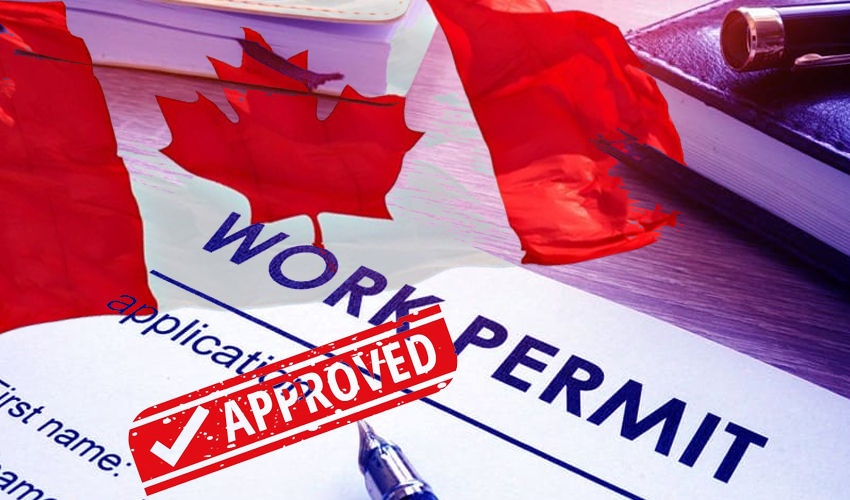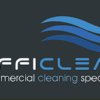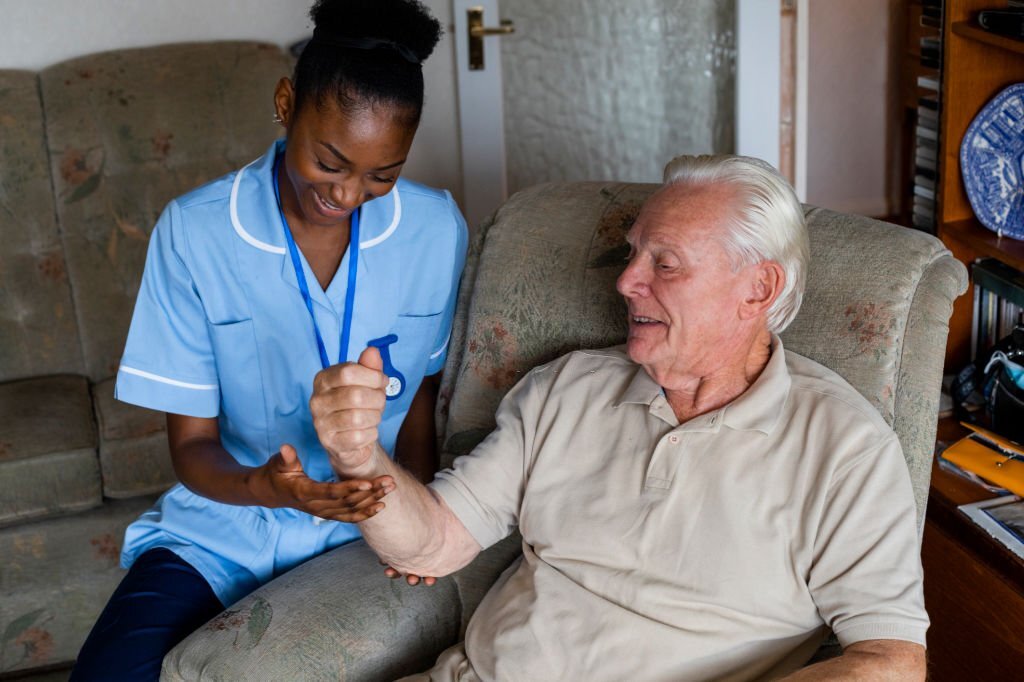Visa Guide
Can I Travel From USA To UK Without Visa?
Wondering if you can travel from the USA to the UK without a visa? This post provides all the essential information you need to know. Find out now!
If you’ve ever wondered about traveling from the USA to the UK without a visa, you’re not alone. The prospect of exploring the beautiful landscapes and vibrant cities in the United Kingdom without the hassle of obtaining a visa is undoubtedly appealing. This article aims to provide you with the essential information you need to know about this topic, allowing you to plan your dream trip with confidence and ease. So, let’s dive in and explore whether your travel aspirations from the USA to the UK can indeed become a reality, visa-free!
Visitor Visa
Introduction to visitor visa
If you are planning to visit the United States for leisure, tourism, or to visit friends and family, you may need to apply for a visitor visa. A visitor visa, also known as a B visa, allows you to enter the country temporarily and stay for a specified period of time. This article will guide you through the requirements for a visitor visa, the duration of stay, and the application process.
Requirements for a visitor visa
To obtain a visitor visa, you need to meet certain requirements set by the U.S. government. The main criteria include having a valid passport from your home country, demonstrating your intent to return to your home country after your visit, providing evidence of sufficient funds to cover your expenses during your stay, and having a clear criminal record. Additionally, you may be required to show proof of medical insurance coverage, a letter of invitation from your U.S. host, and details of your travel itinerary.
Duration of stay
The duration of stay on a visitor visa varies depending on various factors such as the purpose of your visit and the discretion of the immigration officer. Generally, B-1 visas for business purposes have a maximum duration of stay of up to six months, while B-2 visas for tourism and leisure can allow for stays of up to one year. It is important to note that the visa does not guarantee the full duration of stay requested and the immigration officer at the port of entry will have the final say on the length of your visit.
⚠️ Beware of Jobs and VISA Scams – Read our guides carefully and APPLY directly using our links and buttons. Application is free! Don’t pay anyone claiming to be a travel or Job Agent!
Applying for a visitor visa
To apply for a visitor visa, you need to complete the Nonimmigrant Visa Electronic Application (DS-160) online, pay the visa application fee, and schedule an appointment at the nearest U.S. embassy or consulate. During the interview process, you will be required to provide supporting documents, such as your passport, proof of ties to your home country, evidence of finances, and any other documents specified by the embassy or consulate. It is crucial to present all necessary documentation and to be prepared to answer questions about your travel plans and intentions while in the United States.
Visa Waiver Program
Overview of the Visa Waiver Program
The Visa Waiver Program (VWP) allows citizens of certain countries to travel to the United States for business or tourism without a visa for a maximum period of 90 days. The program aims to facilitate travel and promote economic and cultural exchanges between participating countries and the United States.
Eligibility criteria for the Visa Waiver Program
To be eligible for the VWP, you must be a citizen or national of a participating country, possess a valid electronic passport (e-passport) with a machine-readable chip, and have obtained an approved travel authorization through the Electronic System for Travel Authorization (ESTA) prior to boarding your flight. Additionally, you must not have a criminal record, and your travel must be for business, tourism, or transit purposes only.
Steps to travel under the Visa Waiver Program
To travel under the VWP, you need to apply for ESTA, which is a mandatory requirement for all VWP travelers. ESTA allows the U.S. government to screen travelers before their arrival and determine their eligibility to enter the country without a visa. It is important to note that the approved ESTA does not guarantee entry into the United States, as the final decision lies with the immigration officer at the port of entry. Therefore, it is essential to have all the necessary travel documents and comply with the regulations of the program.
ESTA
What is ESTA?
The Electronic System for Travel Authorization (ESTA) is an automated system operated by the U.S. Department of Homeland Security that determines the eligibility of travelers to enter the United States under the Visa Waiver Program (VWP). ESTA collects biographic and eligibility information from VWP travelers prior to their departure to the United States. The system uses this information to screen passengers and assess any potential risks associated with their travel.
How to apply for ESTA
To apply for ESTA, you need to complete the online application, which includes providing personal information, travel details, and answering security-related questions. It is important to ensure the accuracy of the information provided as any discrepancies or false information may result in delays or denial of entry. The application process requires a fee, and it is recommended to apply well in advance of your intended travel date to allow for processing time. Once your application is approved, you will receive an ESTA authorization, which is valid for two years or until the expiration of your passport, whichever comes first.
Validity and limitations of ESTA
An approved ESTA allows you to travel to the United States multiple times within the validity period. However, each visit must not exceed 90 days and should be for business, tourism, or transit purposes only. It is essential to remember that ESTA is not a visa, and it does not guarantee entry into the United States. The final decision rests with the immigration officer at the port of entry, who may request additional documentation or deny entry based on individual circumstances.
Transit Without Visa
Understanding the Transit Without Visa program
The Transit Without Visa (TWOV) program allows certain travelers to pass through the United States en route to another destination without the need for a U.S. visa. This program is designed for individuals who are transiting through the United States for a short period without leaving the airport.
Eligibility for Transit Without Visa
To be eligible for the TWOV program, you must possess valid onward tickets to a third country, have the necessary travel documents for that destination, and meet specific travel requirements outlined by the U.S. government. This program is generally available to citizens of countries that participate in the VWP or have an agreement with the United States regarding transit privileges.
Applying for Transit Without Visa
Travelers eligible for the TWOV program are not required to apply for a specific visa or travel authorization. However, it is crucial to ensure that you meet all the requirements and familiarize yourself with the rules and regulations for transit passengers. It is recommended to check with your airline or the U.S. Customs and Border Protection agency for any updates or changes to the program and to make sure you have all the necessary documentation for a smooth transit experience.
Study Visa
Introduction to study visa
If you are planning to pursue academic studies in the United States, you will need to apply for a study visa. The study visa, also known as an F visa, allows international students to enroll in U.S. educational institutions and stay for the duration of their program.
Requirements for a study visa
To be eligible for a study visa, you must first gain acceptance into a U.S. educational institution that is certified by the Student and Exchange Visitor Program (SEVP). Additionally, you need to demonstrate proof of financial support to cover tuition fees and living expenses, provide evidence of strong academic background and language proficiency, have a valid passport, and show intent to return to your home country after completing your studies. You may also be required to have a medical examination and obtain health insurance coverage.
Applying for a study visa
To apply for a study visa, you need to complete the Nonimmigrant Visa Electronic Application (DS-160) online, pay the visa application fee, and schedule an interview at the nearest U.S. embassy or consulate. During the interview, you will be required to present the necessary supporting documents, including your passport, acceptance letter from the educational institution, financial documents, and any other documentation specified by the embassy or consulate. It is essential to be well-prepared for the interview, provide accurate information, and demonstrate your genuine intent to pursue your education in the United States.
Duration of stay
The duration of stay on a study visa depends on the length of your academic program. As an F visa holder, you are generally allowed to stay in the United States for the duration of your studies, including any authorized practical training or optional practical training periods. However, it is important to maintain your student status, abide by the regulations set by the U.S. government, and ensure timely extensions or transfers if necessary.
Work Visa
Overview of work visa options
If you are seeking employment opportunities in the United States, you will need to obtain a work visa. There are several work visa options available, depending on your occupation, qualifications, and the sponsoring employer.
Requirements for a work visa
The requirements for a work visa vary depending on the specific visa category. Generally, you will need to have a job offer from a U.S. employer who is willing to sponsor your visa application. The employer may be required to obtain a labor certification or submit a petition to the U.S. Citizenship and Immigration Services (USCIS) on your behalf. You may also need to demonstrate your qualifications, prove your eligibility for the specific visa category, have a valid passport, and undergo a medical examination. Additionally, some work visas may have specific educational or experience requirements.
Applying for a work visa
To apply for a work visa, your employer must usually initiate the process by submitting the necessary documentation and petition to the USCIS. Once the petition is approved, you can proceed with the visa application. The specific application process and requirements depend on the visa category, but generally involve completing the Nonimmigrant Visa Electronic Application (DS-160), paying the visa application fee, and attending an interview at the U.S. embassy or consulate. It is essential to provide accurate and truthful information, submit all required documents, and be prepared to answer questions about your employment and qualifications.
Duration of stay
The duration of stay on a work visa depends on the specific visa category and the terms outlined by the USCIS. Some work visas, such as the H-1B visa, allow for a maximum initial stay of three years and can be extended for up to six years in certain circumstances. Other work visas, such as the L-1 visa, may have different duration limits. It is important to consult the USCIS and familiarize yourself with the conditions of your work visa to ensure compliance and proper planning of your stay in the United States.
Family Visa
Types of family visas
The United States recognizes the importance of keeping families united and offers various family visa options for eligible individuals to join their relatives who are either U.S. citizens or lawful permanent residents. The two main categories of family visas are immigrant visas and nonimmigrant visas.
Requirements for a family visa
The requirements for a family visa depend on the specific category and the relationship between the petitioner (the U.S. citizen or lawful permanent resident) and the beneficiary (the person seeking the visa). The petitioner usually needs to file a petition with the USCIS, providing proof of the relationship and meeting the income requirements. The beneficiary may need to complete additional forms, undergo a medical examination, provide biometric information, and attend an interview at the U.S. embassy or consulate.
Applying for a family visa
The application process for a family visa involves several steps, including filing a petition with the USCIS, obtaining approval, and proceeding with the visa application. The specific requirements, forms, and documentation vary depending on the visa category. It is crucial to follow the instructions provided by the USCIS, complete all forms accurately, and submit the necessary supporting documents. Additionally, attending the interview at the embassy or consulate is a crucial step, where the beneficiary will be asked questions regarding their relationship and the purpose of the visa.
Duration of stay
The duration of stay on a family visa depends on the specific visa category and the terms set by the USCIS. Some family visas, such as the CR-1 or IR-1 immigrant visas, allow the beneficiary to become a lawful permanent resident upon entry into the United States. This provides them the opportunity to establish themselves and live in the United States indefinitely. Other family visas, such as the K-1 fiancé visa, have limited duration as they are intended for the purpose of getting married within a certain period of time. It is important to consult the USCIS and understand the conditions and possibilities associated with the specific family visa you are applying for.
Business Visa
Overview of business visa options
The United States offers various business visa options for individuals seeking to engage in business activities in the country. These visas allow foreign entrepreneurs, investors, traders, or employees of multinational corporations to enter the United States for specific business purposes.
Requirements for a business visa
The requirements for a business visa depend on the specific visa category. Generally, you need to provide proof of your business or employment, demonstrate your intent to engage in legitimate business activities, and prove your ties to your home country. The requirements may include a letter from your employer, invitation letters from U.S. business partners, evidence of financial resources, and any other documentation specific to your situation.
Applying for a business visa
To apply for a business visa, you need to complete the Nonimmigrant Visa Electronic Application (DS-160), pay the visa application fee, and schedule an interview at the U.S. embassy or consulate in your home country. During the interview, you will be required to present the necessary supporting documents, including your passport, business documentation, financial records, and any other relevant information. It is important to provide accurate information, demonstrate the purpose of your business visit, and be prepared to answer questions related to your business activities and plans in the United States.
Duration of stay
The duration of stay on a business visa depends on the specific visa category and the terms set by the USCIS. Some business visas, such as the B-1 visa, allow for a maximum duration of stay of up to six months. Other visas, such as the E-2 investor visa, may have longer duration limits based on the terms of the investment. It is important to abide by the conditions of your business visa and consult the USCIS for any extension or change of status requirements to ensure compliance with U.S. immigration regulations.
Medical Visa
Understanding medical visa
A medical visa, also known as a B-2 visa, is designed for individuals seeking specialized medical treatment in the United States. This visa allows patients to travel to the United States for medical purposes and receive the necessary care not available in their home countries.
Requirements for a medical visa
To be eligible for a medical visa, you need to provide documentation from a qualified medical professional in the United States who confirms the need for specialized treatment. Additionally, you must demonstrate the availability of funds to cover medical expenses, as well as evidence of ties to your home country and intent to return after treatment. It is important to note that medical insurance may also be required to ensure proper coverage for medical costs.
Applying for a medical visa
To apply for a medical visa, you need to follow the same application process as for a visitor visa. This includes completing the Nonimmigrant Visa Electronic Application (DS-160), paying the visa application fee, and scheduling an interview at the U.S. embassy or consulate. During the interview, you will be required to present the necessary supporting documents, such as medical reports, financial records, and any other documentation specified by the embassy or consulate. It is crucial to provide accurate and detailed information regarding your medical condition and treatment plan.
Duration of stay
The duration of stay on a medical visa depends on the specific circumstances and treatment plan. As a B-2 visa holder, you are generally allowed to stay for the duration of the treatment or as recommended by the medical professional who provided the documentation. It is important to keep in mind that the immigration officer at the port of entry has the final authority to determine the length of your stay based on individual circumstances.
Visa-Free Territories
Territories where US citizens can travel without a visa
As a U.S. citizen, you have the privilege of visa-free travel to several territories around the world. These territories often have agreements with the United States that allow U.S. citizens to enter without the need for a visa.
Duration of stay in visa-free territories
The duration of stay in visa-free territories varies depending on the specific country or territory. Each destination may have its own rules and limitations on the length of stay, ranging from a few days to several months. It is important to research and familiarize yourself with the specific regulations of each territory before your travel to ensure compliance and to make the most out of your visit.
In conclusion, traveling to the United States involves various visa options and programs, each with its own requirements and limitations. Whether you are planning a short visit for leisure or need a visa for a specific purpose such as studying, working, or receiving medical treatment, it is important to understand the specific requirements, prepare the necessary documentation, and follow the application process diligently. By familiarizing yourself with the available options and regulations, you can navigate the visa process smoothly and enjoy your time in the United States.






